Northern Europe’s only luxury private island is open to tourists
Steeped in maritime nostalgia and celebrating local traditions, A Creba shines a spotlight on the Spanish region Galicia, says Sarah Marshall
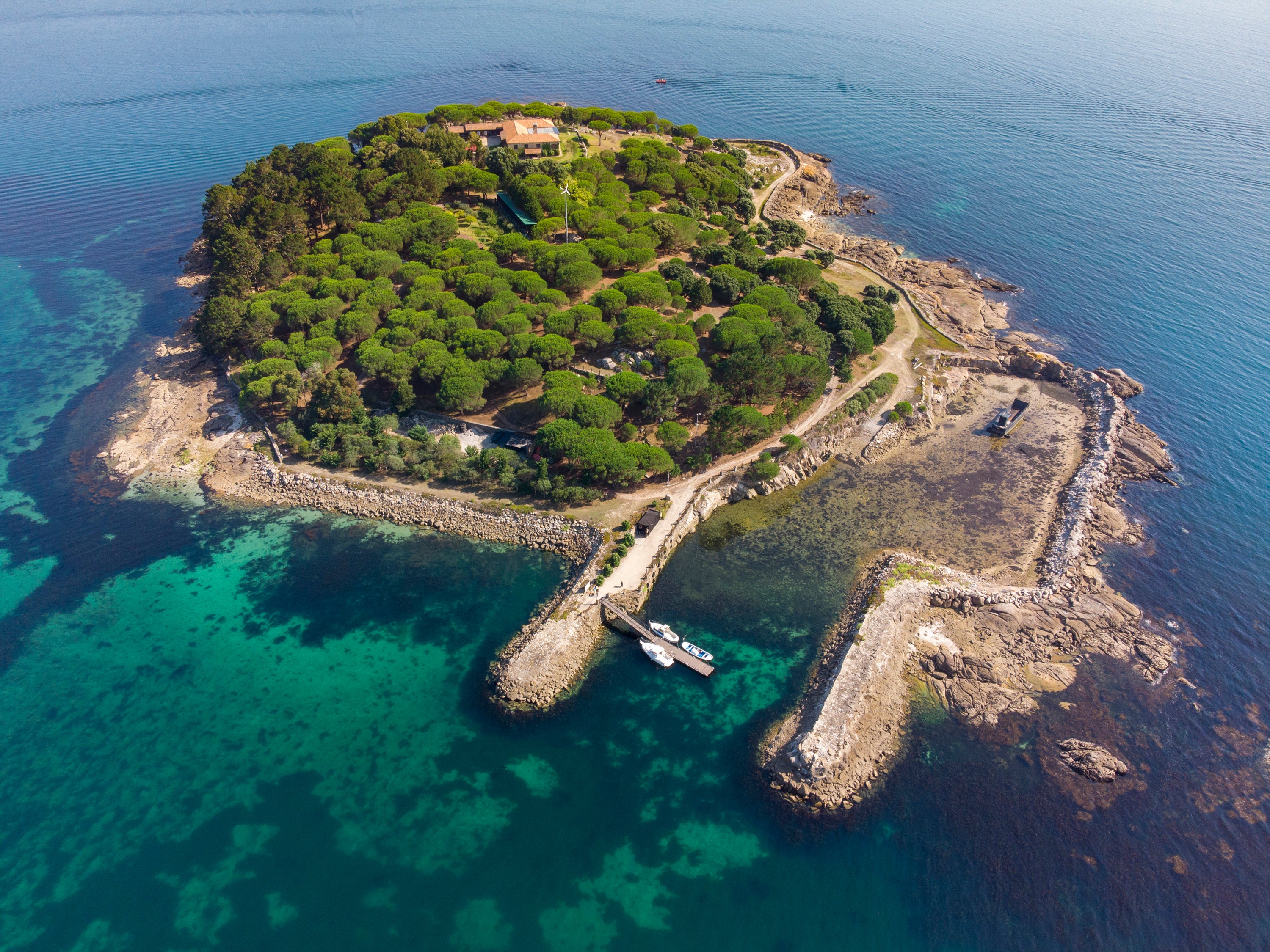
Your support helps us to tell the story
From reproductive rights to climate change to Big Tech, The Independent is on the ground when the story is developing. Whether it's investigating the financials of Elon Musk's pro-Trump PAC or producing our latest documentary, 'The A Word', which shines a light on the American women fighting for reproductive rights, we know how important it is to parse out the facts from the messaging.
At such a critical moment in US history, we need reporters on the ground. Your donation allows us to keep sending journalists to speak to both sides of the story.
The Independent is trusted by Americans across the entire political spectrum. And unlike many other quality news outlets, we choose not to lock Americans out of our reporting and analysis with paywalls. We believe quality journalism should be available to everyone, paid for by those who can afford it.
Your support makes all the difference.Hoisted by crane from the salty depths of Galicia’s cold, nutrient-rich Atlantic waters, a rope weighs heavy with clusters of mussels jangling like castanets. Eager to sample his latest harvest, Xindo Amado releases a handful of the jet-black shells and offers them to me. Crusted in salt crystals and strands of seaweed, they smell deliciously of the ocean.
Five hundred ropes are suspended from Xindo’s batea, a wooden grid-like platform floating in an estuary close to the Spanish mainland, collectively providing a nursery for the region’s prized shellfish which are harvested only once a year. There are around 3,000 of these structures floating in Galicia’s waters, all family-owned for several generations and guarded with pride.
“We struggle to compete with the mass production of farms in China and Chile,” Xindo tells me, revealing 20 of his world-class mussels earn just €1.30 (£1.11) at market, but this is very much a labour of love.
The ocean has always been a source of life for populations living in the northwest of Spain, a region steeped in tradition and characterised by emerald hills, Romanesque terracotta churches and earthy Celtic roots. Briny water flows like blood through their veins.
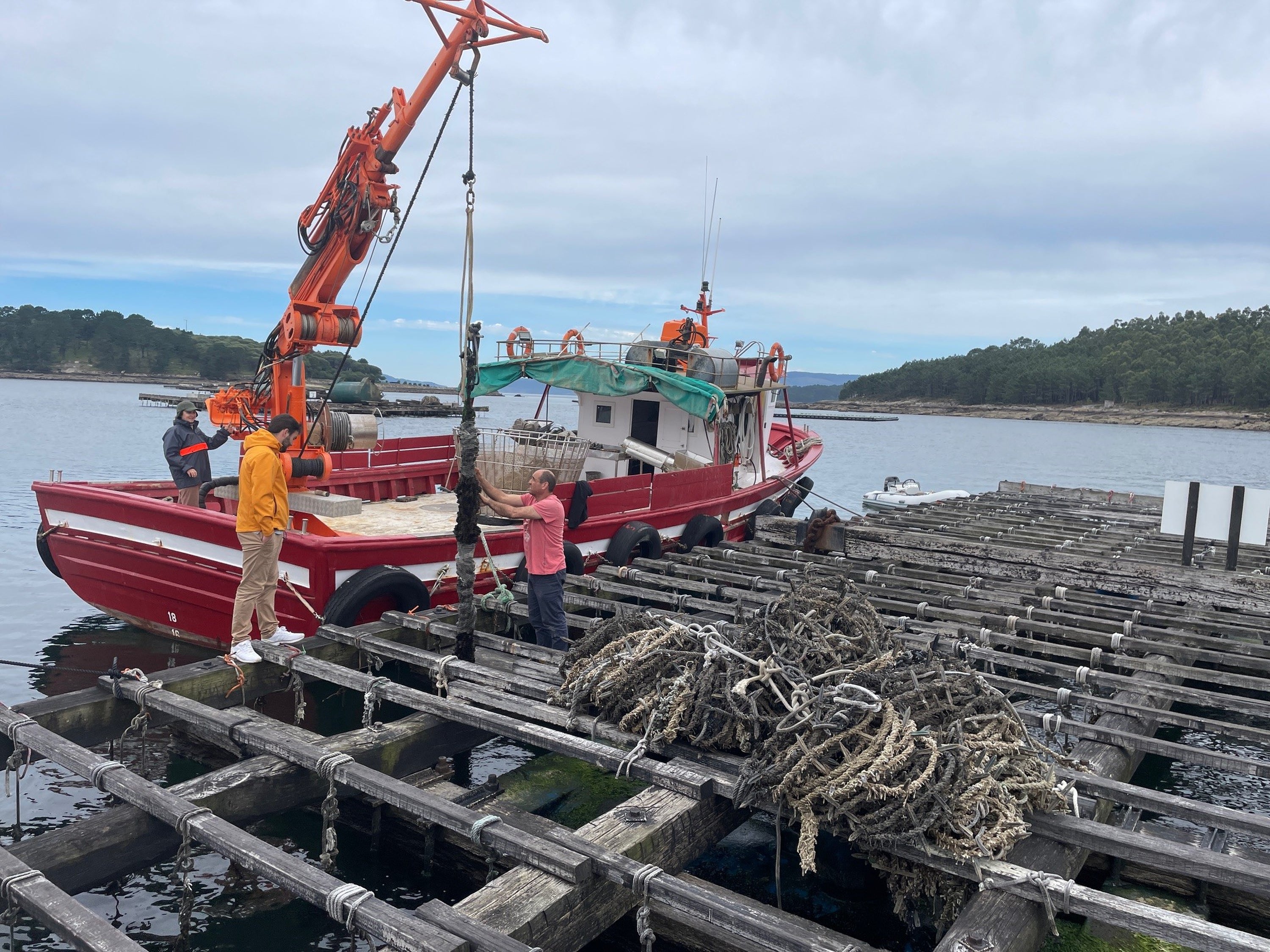
Read more on Spain travel:
The area is best known for cathedral city Santiago de Compostela, the final stop for thousands of pilgrims taking one of the many Camino routes inspired by the story of St James whose body was carried by his followers from Jerusalem to present-day Galicia. But as temperatures soar in southern Europe, making many parts of the Med unbearable in July and August, more holidaymakers are turning their attentions to coastlines in the north.
Although rocky, rugged and slightly rough around the edges, there is a product with some polish here: A Creba, northern Europe’s first luxury private island retreat.
“My grandfather bought this island 50 years ago,” Jose Penas tells me, as we sit in an open-fronted patio lounge dining on mussels from Xindo’s batea, a few minutes’ boat ride away. “It was a rock with no trees. It cost him the price of a small car.”
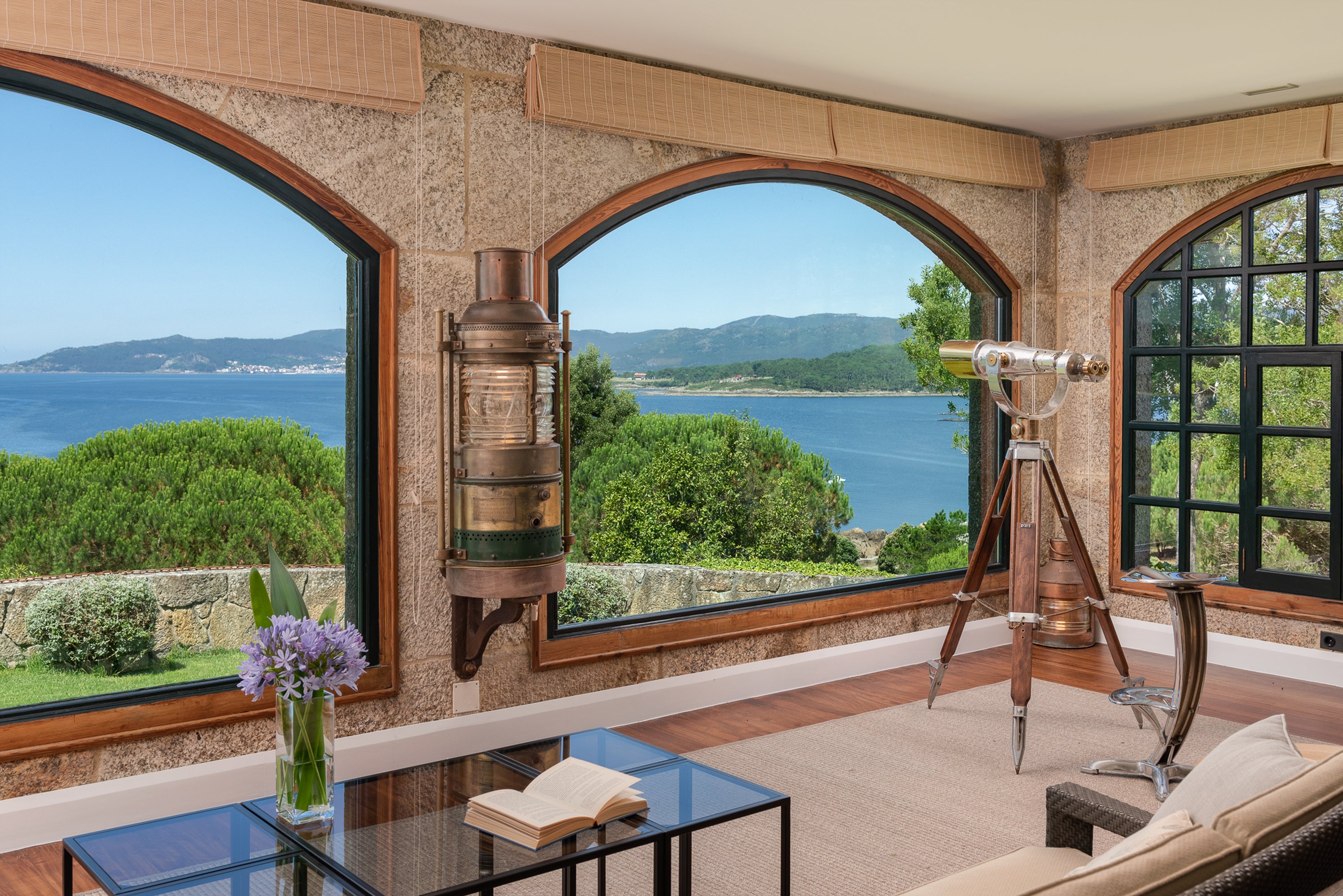
Five decades later, the place – only 1km in diameter – looks unrecognisable. Umbrella pine trees shade pathways littered with giant pinecones and two resident donkeys graze on glistening green lawns. In the centre, at the very top of the island, is the family’s former home, now a 12-person property available for private hire, fully staffed and serviced with two motorboats and a sailing vessel to explore the surrounding area.
Jose’s grandfather, Emilio, a self-made man who launched the family’s empire of supermarkets, restaurants and hotels in Spain and Tenerife, originally used the island as a retreat, finding solace in the simple practise of farming fruits and vegetables.
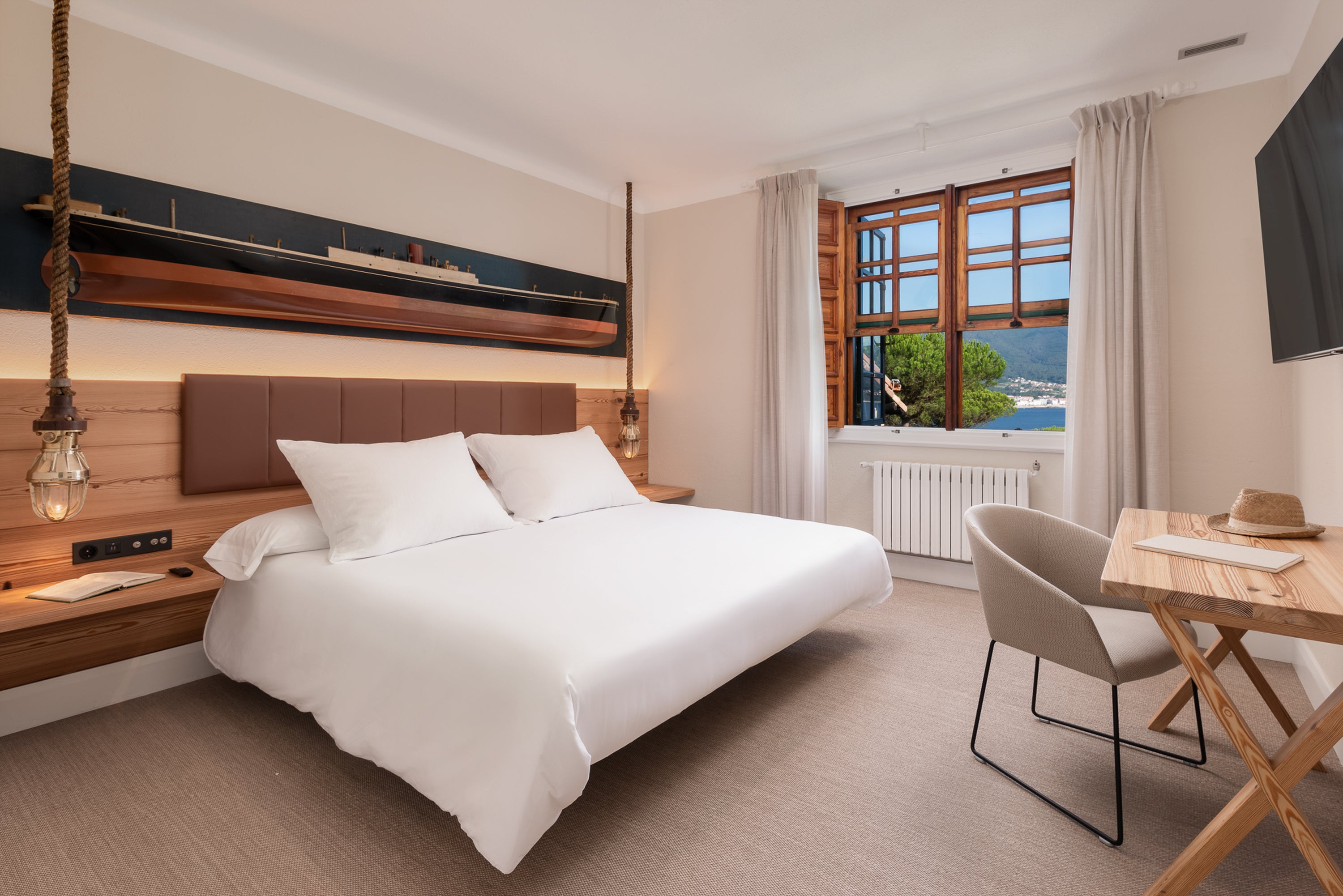
Despite being less than an hour’s car and boat ride from Santiago airport, A Creba feels remarkably remote. Gazing out at the sea, a haze gathering on the horizon, I could easily believe I was somewhere far more exotic. Sightings of dolphins porpoising close by add to the sense of far-flung wilderness.
“This is a place for people who want something different, people who have a different mindset,” continues Jose, pouring a crisp glass of Albarino – one of the many excellent local wines stocked in the kitchen.
At roughly £650 per night based on 12 sharing, it’s easily the priciest property in the area – but Jose argues it’s also the best. The opportunity to eat, drink, play and sleep on your own private island is also exceptional.
Far from stuffy and stiff, A Creba is extremely homely – guests are invited to take snacks from tuck cupboards in the kitchen and an outdoor grill quickly becomes the focus for lively parrillas of sizzling meats and fish served on a long wooden bench. If ocean dips are too bracing, a heated outdoor pool and Jacuzzi provide a welcoming alternative. But wherever you are on the property, sights, sounds and tastes of the sea are never far away.
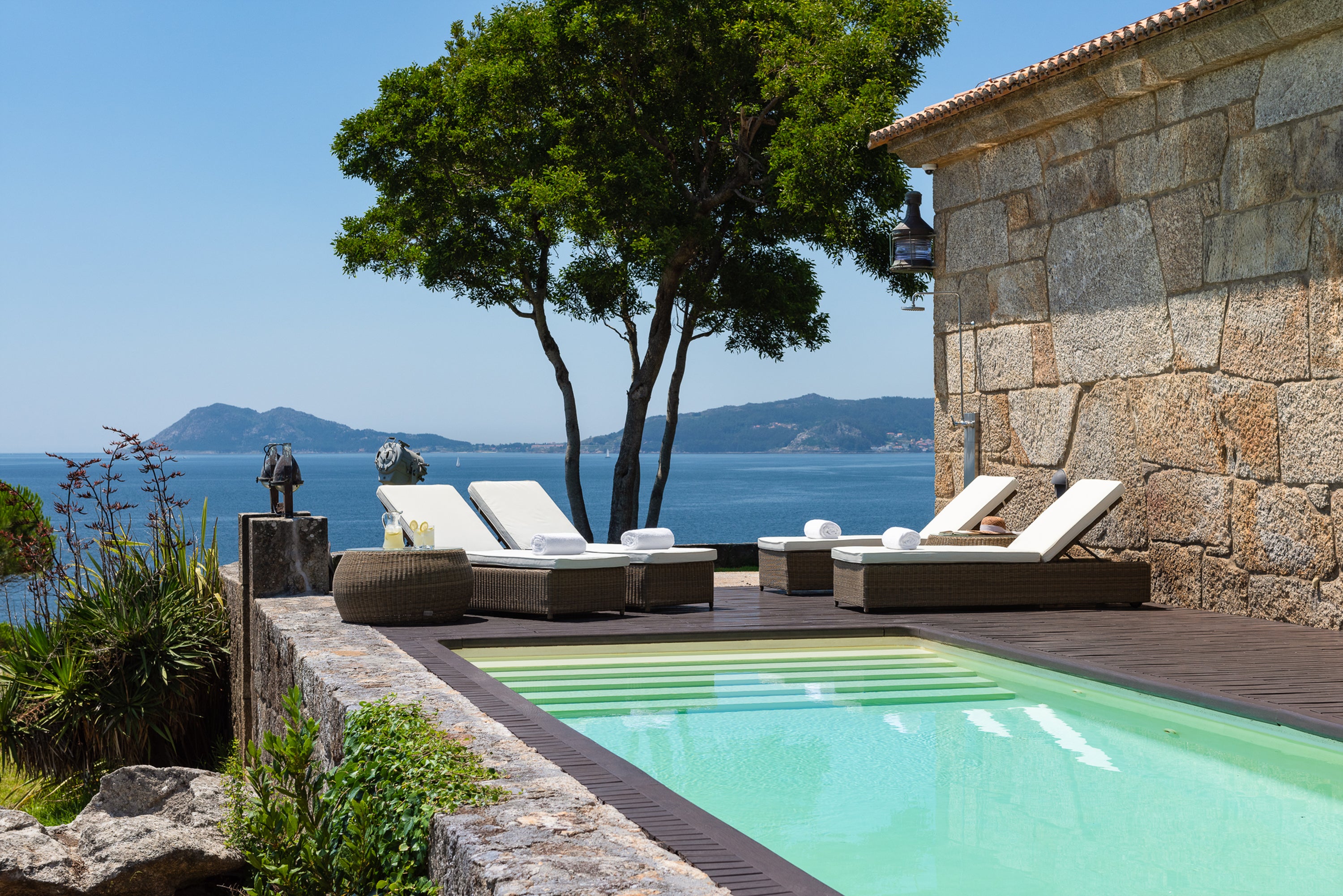
In the patio area, a traditional fishing vessel has been transformed into a coffee table; above the doorway hangs a whale bone reclaimed from the sea. Inside, rooms are decorated with maritime memorabilia – from wooden rudders on bedroom walls to navigational instruments once used in a submarine.
The closest translation for A Creba is flotsam – items unintentionally lost and accidentally found.
“All of this was originally from Galicia,” says Jose. “Now it’s been returned home.”
The piece with perhaps the oddest backstory is a mirror hanging in the main lounge, made with shattered glass from Santiago’s cathedral. In 2004, Brazilian football player Ronaldinho was in town to film an advert when he misjudged a shot and broke a window.
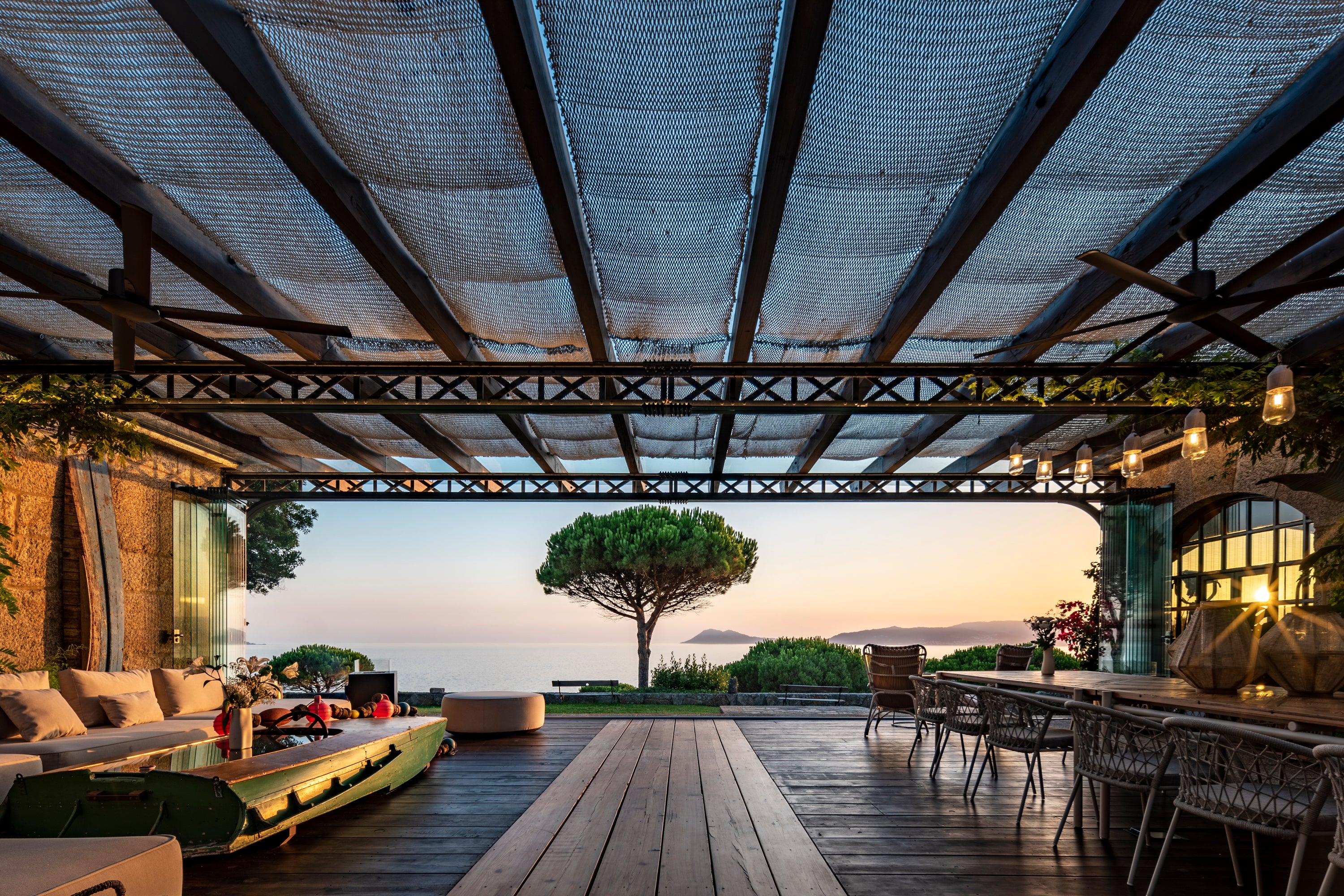
The recycled decoration certainly sparks good dinner party conversation, but it also exemplifies the emphasis on sustainability at A Creba’s heart. Although two generators provide a back-up, most power is generated by a wind turbine, solar panels and biomass burners. Minimising the carbon footprint, food largely comes from the local area, including eggs laid by chickens on a neighbouring farm.
Living on an island does, after all, demand a degree of resourcefulness.
Whether battening down the hatches as a storm rolls in or basking in the sunshine along a granite boulder sea wall, depending on yourself (with a little discreet help from others) can be the greatest luxury of all.
How to do it
Stay from €9,200/£7,828 per night for the entire island (sleeping up to 12, minimum of two nights), including full-board dining, local airport transfers, non-motorised watersports and daily housekeeping. acrebaisland.com
Join our commenting forum
Join thought-provoking conversations, follow other Independent readers and see their replies
Comments